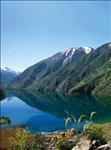
Lorestan Province is a historic territory and province of western Iran, amidst the Zagros Mountains. The population of Lorestan was estimated at 1,716,527 people in 2006.
Lorestan covers an area of 28,392 km². Lorestan includes 10 counties (Shahrestans): Aligudarz Cou... More
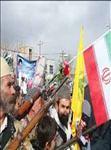
st of Lorestan Province is dominated by Laki speakers.
Professor Richard N. Frye wrote that "the Lurs and their dialects are closely related to the Persians of Fars province, and naturally belong to the southwestern branch of the Iranian peoples...".
The Borujerdi Dialect is a local D... More
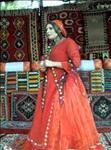
... More

... More
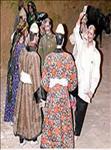
... More
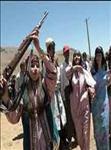
... More
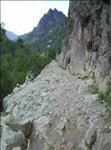
ty in Lorestan province, Iran. The capital of the county is Nurabad. At the 2006 census, the county's population was 137,385, in 29,257 families.
The county is subdivided into two districts: the Central District and Kakavand District. The county has one city: Nurabad.
It is a mountainous... More
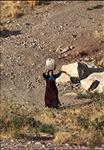
h the Lorestan nationality divided in two parts: the Lak and the Lur.
These two parts are a little different in some cases such as: accent, traditions, customs and some religious views. The Lak inhabit in the western and northern parts of Lorestan province, the east of Kermanshah ... More
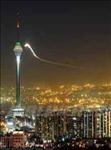
s and races. From region to region you hear many different accents and there are at least 4 main languages and 3 main dialects of Farsi.
Tehrani accent is a Dialect of modern Persian Language spoken in Tehran Province, and the most common colloquial variant of the modern Persian Language.
... More
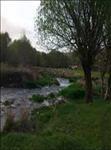
ty in Lorestan Province in Iran. The capital of the county is Aleshtar. At the 2006 census, the county's population was 73,819, in 15,531 families.
The county was subdivided into two districts: the Central District and Firuzabad District. The county has two cities: Aleshtar and Firuzabad... More
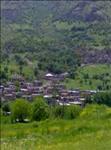
ty in Lorestan Province in Iran. The capital of the county is Dorud. At the 2006 census, the county's population was 159,026, in 36,687 families.
The county is subdivided into two districts: the Central District and Silakhor District. The county has two cities: Chalanchulan and Dorud.
R... More

n and Lorestan after several weeks. The Bakhtyari nomads migrate to the green mountainside of khoozestan on Ordibehesht month(May).
... More
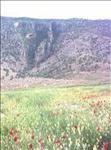
ty in Lorestan Province, Iran. At the 2006 census, its population was 38,701, in 7,423 families.[1] The County has one city: Chaqabol.
The county is subdivided into five districts: Central District and Suri District.
In terms of biodiversity, lots of species are living here, such as Fox ... More
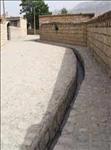
ty in Lorestan Province in Iran. The capital of the county is Sarab-e Dowreh. It was separated from Khorramabad County in 2007.
At the 2006 census, the county's population was 44,146, in 9,722 families. The county is subdivided into three districts: Veysian District, Shahivand District, ... More
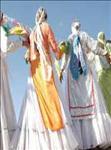
n and Lorestan provinces.
It is closely related to the Boir-Aḥmadī, Kohgīlūya, and Mamasanī dialects in northwestern Fars. These dialects, together with the Lori dialects of Lorestan (e.g.
Khorramabadi Dialect), are referred to as the “Perside” southern Zagros group, or Lori dia... More

... More

al of Lorestan and khuzestan region during Qajar dynasty in the 18th and 19th centuries.
Today, Borujerd is the second largest city of Lorestan; hence, the major industrial, tourist and cultural center of the region.
The city has kept its old architecture and lifestyle mostly thro... More
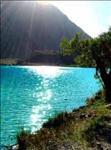
an in Lorestan province.
The lower lake is the larger of the two and its altitude is 1,600 meters (5,250 feet) lower than the other. The Upper Gahar Lake is situated at an altitude of 2,300 meters (7,545 feet).
Altogether, they are 2,100 meters (1.3 miles) long and 355 meters (1,164 feet... More
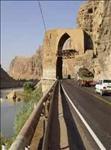
unty, Lorestan Province, Iran.
At the 2006 census, its population was 22,558, in 5,131 families.
Pol-e-Dokhtar is approximately 100 kilometres from Khorramabad, the provincial capital.
Just north of the city resides the remains of an ancient bridge, which, along with others in this are... More
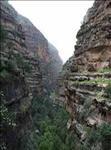
unty, Lorestan Province, Iran. At the 2006 census, its population was 85,519, in 18,087 families.
Kuhdasht is a large plain which is surrounded by mountains.
In Persian, Kuhdasht is composed of "Kuh," which means mountain, and "Dasht," which means plain. Kuhdasht was the residence of Kas... More